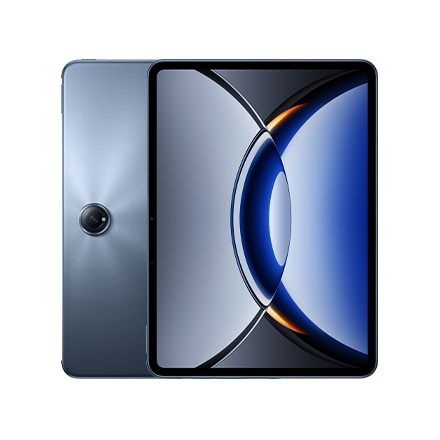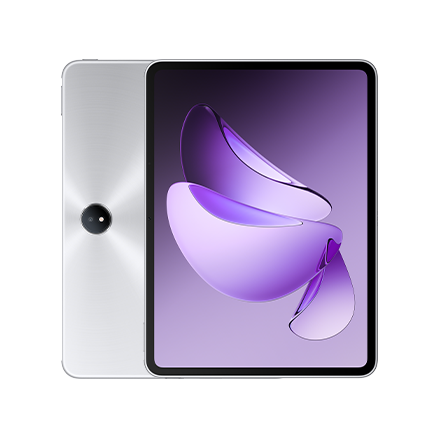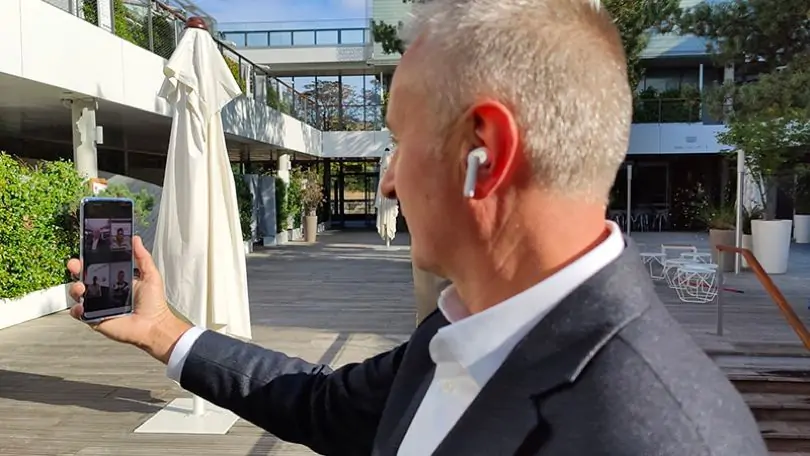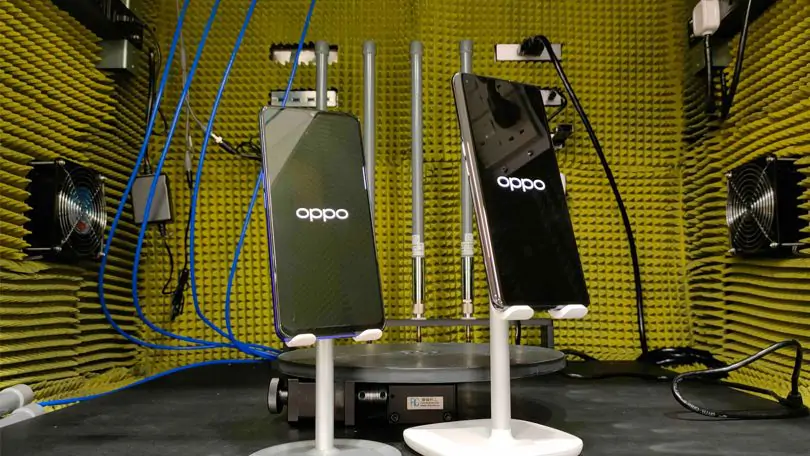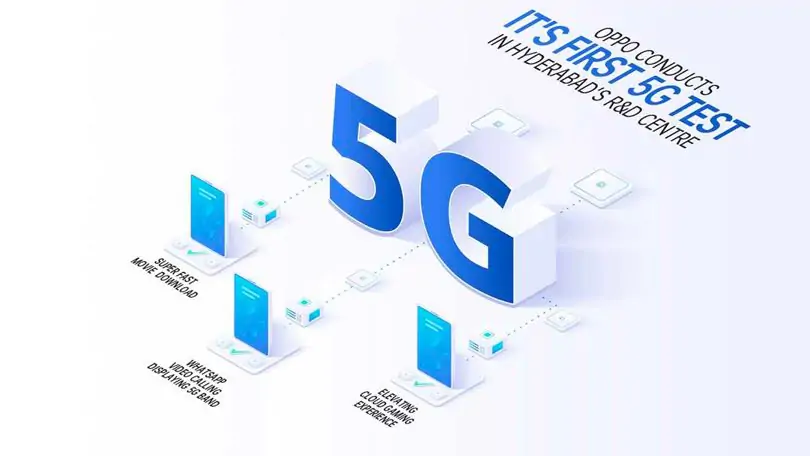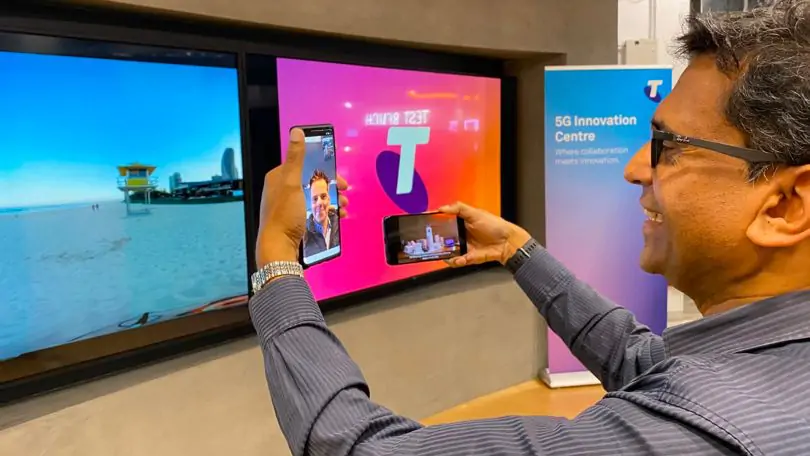
OPPO Reno5 Pro+ 5G
around you with 5G







The first wave of networks and devices will be classed as Non-Standalone (NSA), which is to say the 5G networks will be supported by existing 4G core infrastructure. Here, 5G-enabled smartphones will connect to 5G frequencies for download and upload speed improvements but will still use 4G for non-data duties such as talking to the cell towers and servers.The 5G Standalone (SA) network solely rely on 5G infrastructure. The advantage of Standalone is simplification and improved efficiency, which will lower cost, and steadily improve performance in speed up to the edge of the network, while also assisting development of new cellular use cases such as ultra-reliable low latency communications.
Learn more
5G network slicing is a network technology that creates several virtual networks on the same physical network infrastructure. Each network “slice” is an isolated end-to-end network tailored to fulfill diverse requirements requested by a particular application.The slicing technology provide better quality and more secured connection for industry users such the education and government sector. It also give the carriers more space to create tailor-made services.
Learn more
VoNR or Voice over New Radio means transmitting voice via the 5G network. Many of the current 5G network only transfer data via 5G and conduct calls in 4G. VoNR brings a whole new experience to making calls, which connects instantly and has life-like sound quality.
Learn more
NRCA or New Radio Carrier Aggregation is a technology that combines two or more carriers into one data channel to enhance the data capacity of a network. Using existing spectrum, CA helps mobile network operators (MNOs) provide increased uplink and downlink data rates. CA has been crucial in increasing speed in 4G and it will be just as important for 5G.











Working to Accelerate Commercialization of 5G











